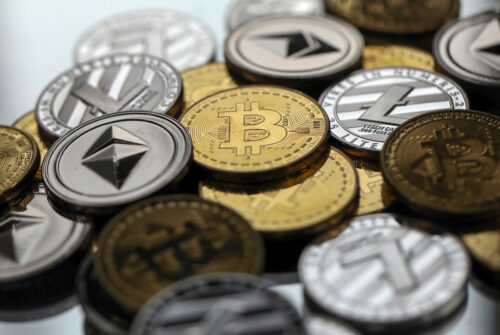
Ether (ETH) is currently wrestling with the $3,000 resistance level, following a remarkable 29.7% surge from Feb. 6 to Feb. 20. Analysts attribute ETH’s recent gains to a decrease in supply, driven by growing demand for staking, decentralized finance (DeFi) applications, and the shrinking supply caused by the network’s proof-of-stake burn mechanism.
While Ether’s rally to $3,000 is impressive, the real question is can the altcoin gather enough strength to reclaim the sought-after $3,300 level last seen in March 2022?
Ethereum hasn’t even seen its demand season yet.
When it does we have no idea how high price will go.
So much ETH in staking, and restaking, and defi, and getting burnt this cycle – no new supply.
Add an ETF to that?
There’s not enough ETH to go around.
— RYAN SΞAN ADAMS – rsa.eth (@RyanSAdams) February 15, 2024
Crypto investor Ryan Sean Adams, sharing insights on X social network, suggests that “Ethereum hasn’t even hit its demand season yet.” Adams speculates that the potential introduction of a spot Ether exchange-traded fund (ETF) could boost its price, especially in the absence of “new supply.” The supply data clearly shows a decrease of 18,960 ETH in total coins circulating over the past 30 days, according to ultrasound.money. It’s essential to note that this metric doesn’t necessarily reflect the ETH available for sale, which can be measured using net deposits on exchanges.

Looking at the 7-day trend, there’s a preference for net withdrawals since Feb. 15, although this could change easily, as seen in early January. Contrary to expectations, Ether’s price remained relatively steady in the 30 days leading up to Jan. 5 at $2,300, suggesting that whatever triggered the sale wasn’t directly linked to a price rally. In essence, the dynamics of staking and demand for ETH in decentralized applications don’t seem to directly impact the supply available for sale.
Technically, the potential approval of the ETF could trigger a rally in Ether’s price, with analysts estimating approval odds between 50% and 80%, leaving room for a positive surprise. However, the likelihood of Ether consolidating above $3,300 diminishes if Bitcoin’s (BTC) bullish momentum falters, signaling that institutional investor inflow might not be enough to drive its price. Additionally, the historical correlation between BTC and ETH prices remains noteworthy.

There’s no surety that the historical trend will persist, particularly with the potential bullish momentum from the spot Ethereum ETF, but sustained decoupling between Bitcoin’s and Ether’s price has been a rarity in the past 9 months.
Instead of fixating on the anticipated ETF decision in May, traders should examine other catalysts, such as the demand for ETH stemming from airdrop snapshots and the overall Ethereum network demand.
As an illustration, enthusiasm for upcoming Ethereum token launches dimmed after the Starknet (STRK) airdrop, a highly anticipated layer-2 token, plummeted nearly 60% since Feb. 20. This drop was attributed to substantial sell pressure from airdrop hunters and major Ethereum infrastructure firms like Nethermind. Moreover, criticism surfaced regarding participants deemed ineligible for the distribution and controversies surrounding the release of 13% of the supply just two months after launch.
To gauge whether professional traders maintain a bullish stance on Ether’s price, grappling with the $3,000 support, one should analyze the price of ETH futures monthly contracts compared to regular spot markets. In neutral markets, these instruments typically trade at a premium of 5% to 10% to accommodate their extended settlement period.

Note the Ether 1-month futures premium has remained above 14% since Feb. 17, showing no signs of diminishing demand for leverage longs (buys). Additionally, despite signaling bullishness, the metric falls short of displaying excessive optimism seen in the 25% premium from Jan. 2. The data suggests that Ether bulls need not fret about supply on exchanges or the use of leverage in futures markets, making the prospect of ETH surpassing $3,300 still plausible.
This article does not contain investment advice or recommendations. Every investment and trading move involves risk, and readers should conduct their own research when making a decision.





